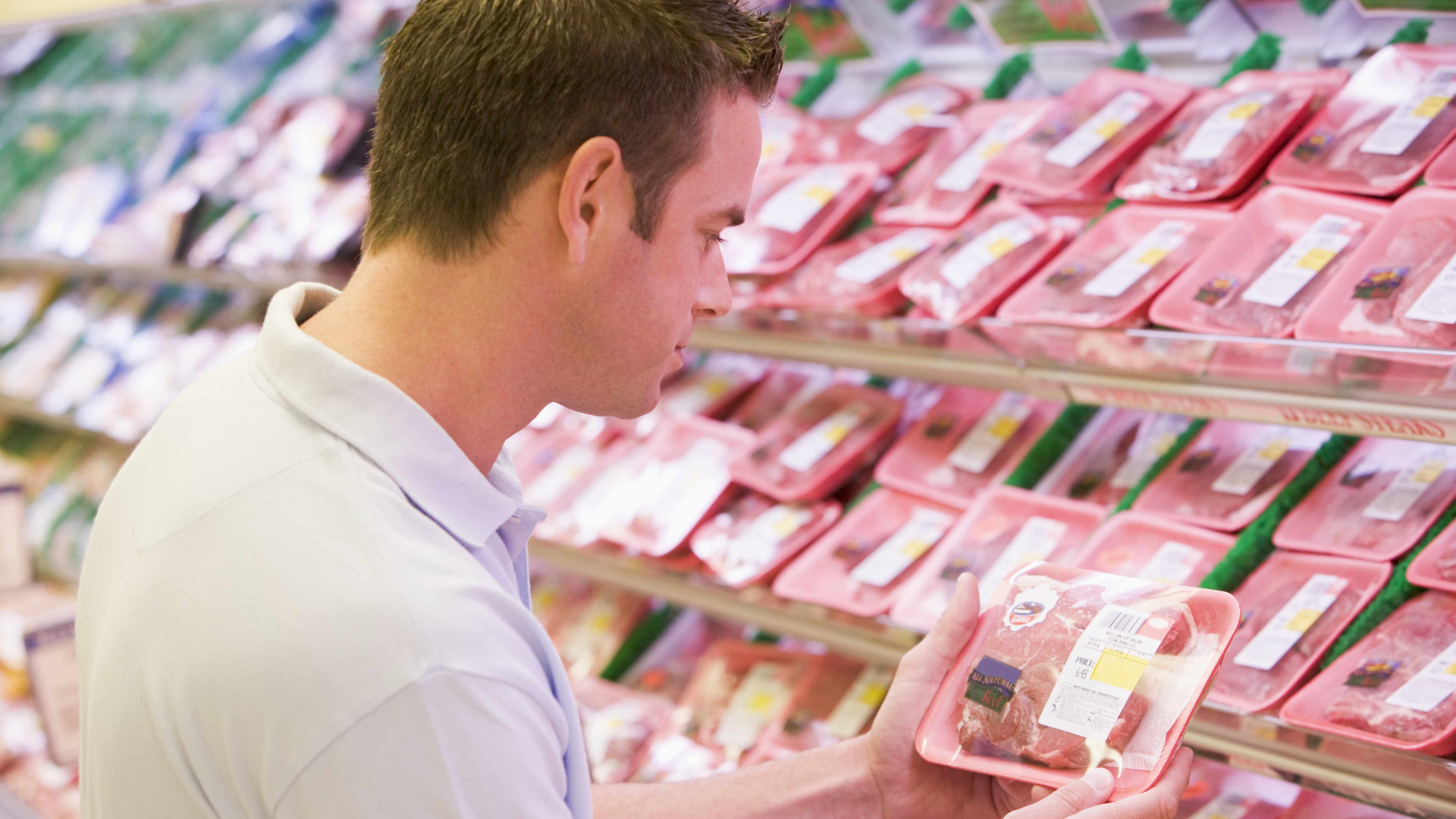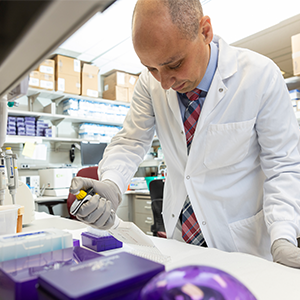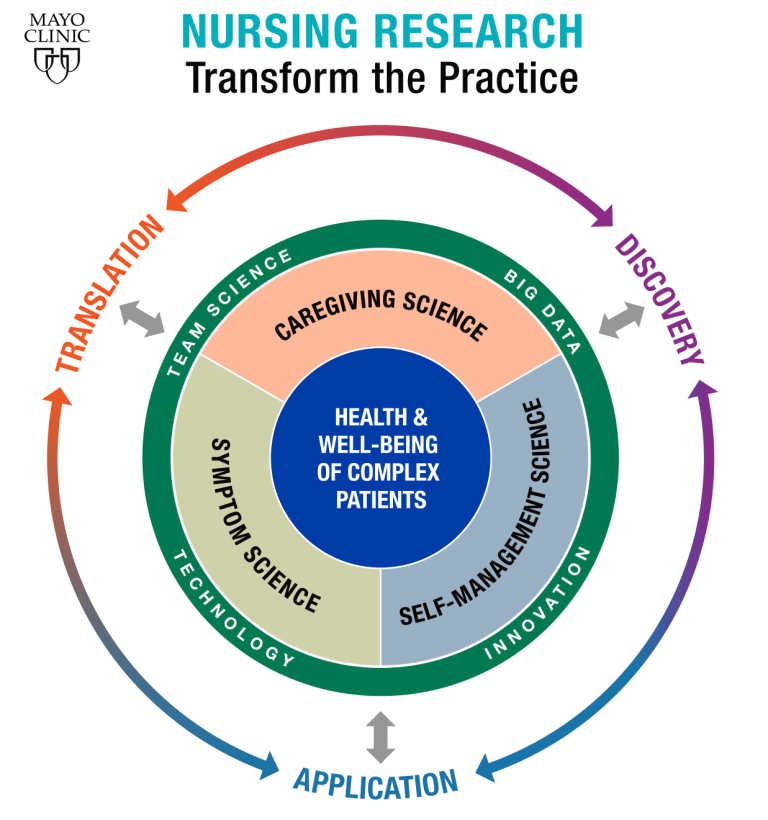-
Infectious Diseases A-Z: Can you be sickened by antibiotics in the food supply?
 Antibiotic-resistant germs cause more than 2 million illnesses a year. And more than 400,00 people became sick from infections caused by antibiotic-resistant, foodborne bacteria, according to the Centers for Disease Control and Prevention (CDC). "When you look at all of the antibiotics that are prescribed in the U.S., about 70 percent of those actually go to animals and not to humans," says Dr. Nipunie Rajapakse, a pediatric infectious diseases specialist at Mayo Clinic. "The issue of antibiotics in food is a big part of what we need to tackle to help slow down the development of antibiotic resistance."
Antibiotic-resistant germs cause more than 2 million illnesses a year. And more than 400,00 people became sick from infections caused by antibiotic-resistant, foodborne bacteria, according to the Centers for Disease Control and Prevention (CDC). "When you look at all of the antibiotics that are prescribed in the U.S., about 70 percent of those actually go to animals and not to humans," says Dr. Nipunie Rajapakse, a pediatric infectious diseases specialist at Mayo Clinic. "The issue of antibiotics in food is a big part of what we need to tackle to help slow down the development of antibiotic resistance."
Though regulations about antibiotic use in food animals and in the food supply exist in the U.S., this is not the case in all parts of the world.
Watch: Dr. Nipunie Rajapakse discusses antibiotics in the food supply.
Journalists: Broadcast-quality sound bites are in the downloads
"The reason that’s a concern is because, when you feed food animals antibiotics, antibiotic resistant bacteria eventually end up in the food supply, end up being ingested by humans or people, and that can contribute to the problems we’re seeing related to antibiotic resistance," Dr. Rajapakse says.
Approximately 1 in 5 antibiotic-resistant infections are caused by germs from food and animals, the CDC says. Dr. Rajapakse says consumers have the power: "When you go to the grocery store and you’re buying meat products, you can look often on the labeling. It will tell if that animal may have received antibiotics or not, so you can use that as a way to inform yourself about what you are feeding yourself and to your family."
Dr. Rajapakse says consumers have the power: "When you go to the grocery store and you’re buying meat products, you can look often on the labeling. It will tell if that animal may have received antibiotics or not, so you can use that as a way to inform yourself about what you are feeding yourself and to your family."
"Antibiotic use and resistance as it relates to our food supply is a global issue and not limited to the U.S.," says Dr. Rajapakse. "As described in the CDC graphic, there are multiple ways antibiotic resistant bacteria can end up in the food supply. In the U.S., due to regulations, antibiotics may not be detectable in the meat that winds up on the grocery store shelf; however, the use of antibiotics in food animals still contributes to the development of resistance and resistant bacteria can still end up in the food supply through the mechanisms described in the graphic. This is why reducing the use of antibiotics in food animals, where possible, is an important part of dealing with the growing issue of antibiotic resistance."
The post has been edited to reflect that in the U.S., where regulations exist when it comes to antibiotic use in food animals and in the food supply, the presence of antibiotic resistant bacteria in the food supply is the primary concern. However, it is important to recognize that in other parts of the world where regulations do not exist or may not be enforced, both the presence of antibiotics as well as antibiotic resistant bacteria in the food supply are of primary concern. (5/4/18)







